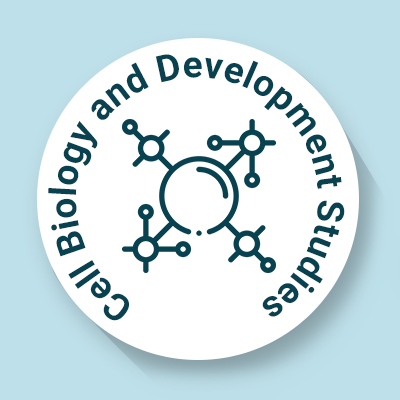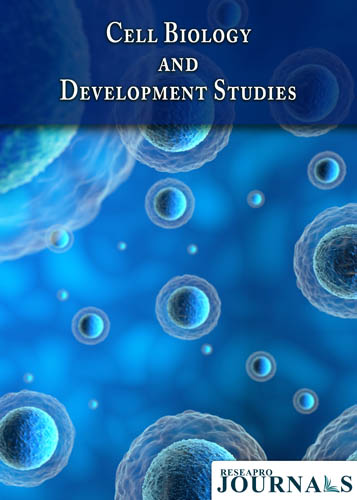
Cell Biology and Development Studies
OPEN ACCESS

OPEN ACCESS

Cellular signal transduction is the process by which cells respond to external stimuli, interpret the signals, and communicate with each other. The signal transduction pathways lie at the center of all biological functions. Recent findings have provided new insights into the mechanisms of signaling pathways, uncovering regulatory networks underlying various physiological processes. In this editorial, we highlight and comment on exciting research that will help deepen our understanding of signal transduction and its role in multiple biological processes, including diseases. Thus providing valuable insights for future research in this field.
Signaling in immunity: The ability of an organism to counter pathogenic assaults relies fundamentally on immune signaling networks. The pathogens are recognized at the surface of cells by receptors that recognize signature patterns in pathogens or pathogen-derived molecules [1,2]. This interaction results in the signaling responses as a first line of defense. The pathogens that enter the cells are intracellularly detected by the cytoplasmic receptors that recruit the downstream signaling components to eventually neutralize the pathogens or pathogenic agents [3]. Both plants and animals have evolved strategies to provide immunity against a broad range of pathogens. The recognition of pathogen-derived molecules at the surface or intracellularly results in local or global immune responses. Multiple lines of evidence show that plants, like animals, develop immune-based memories [4-6].